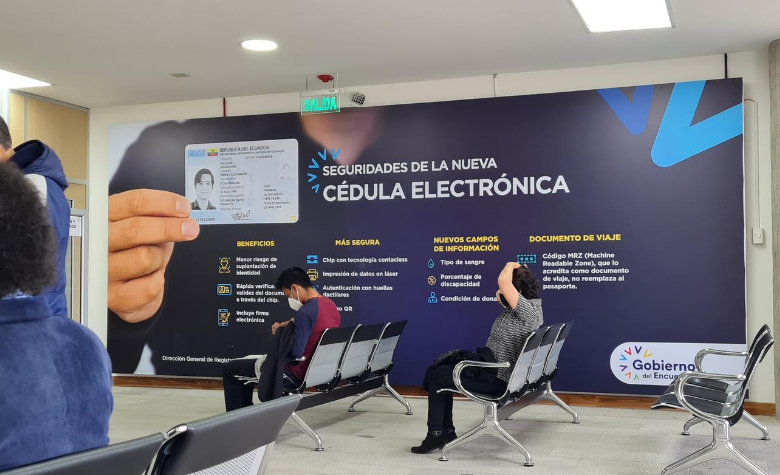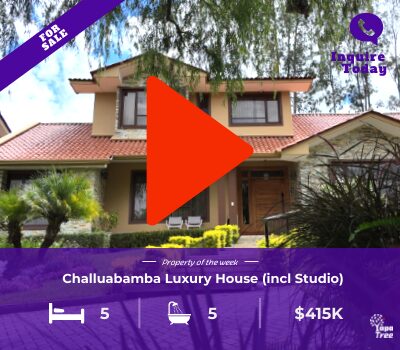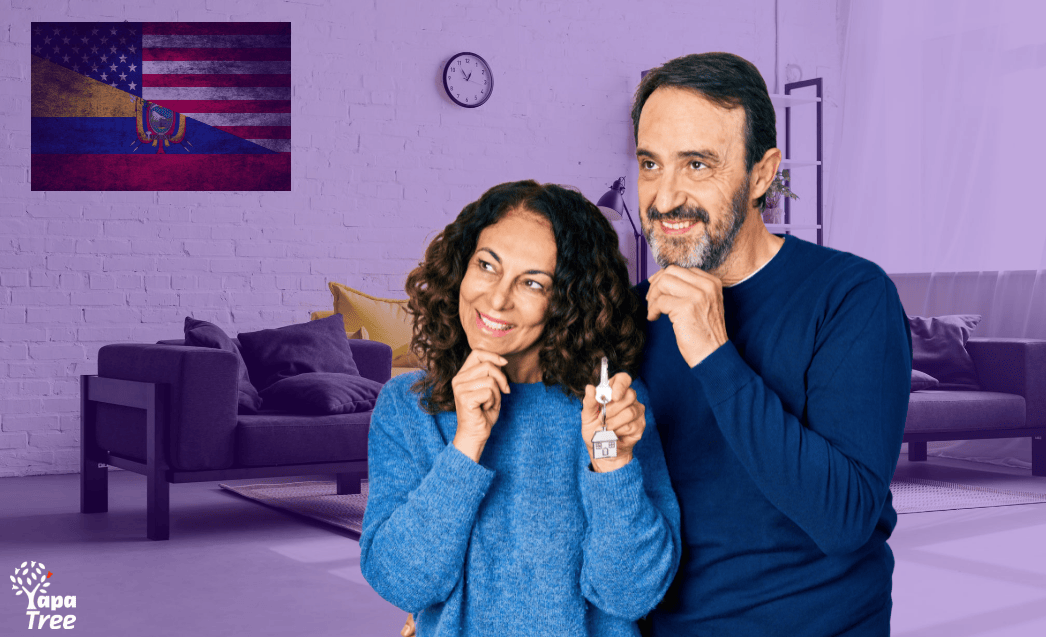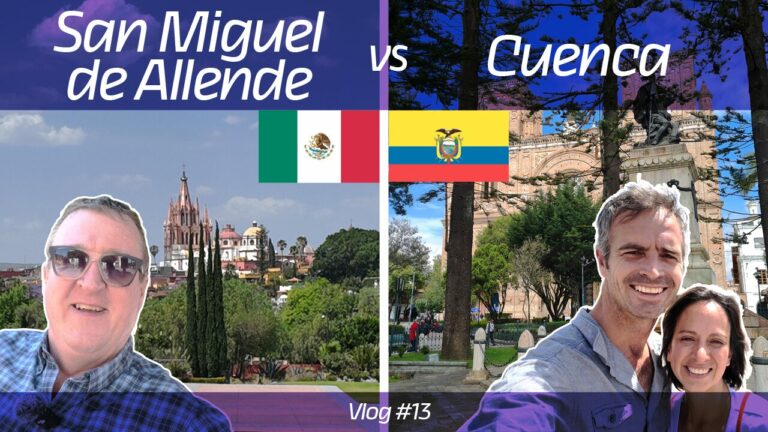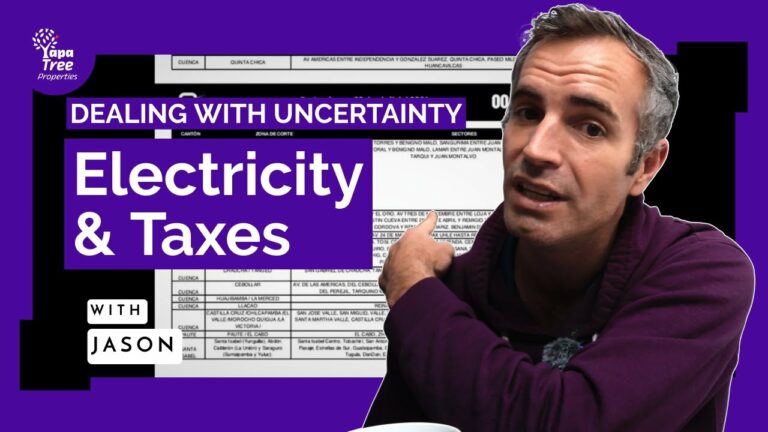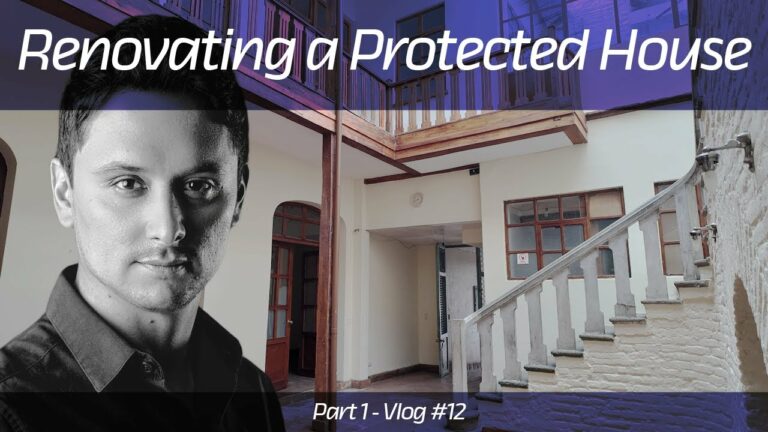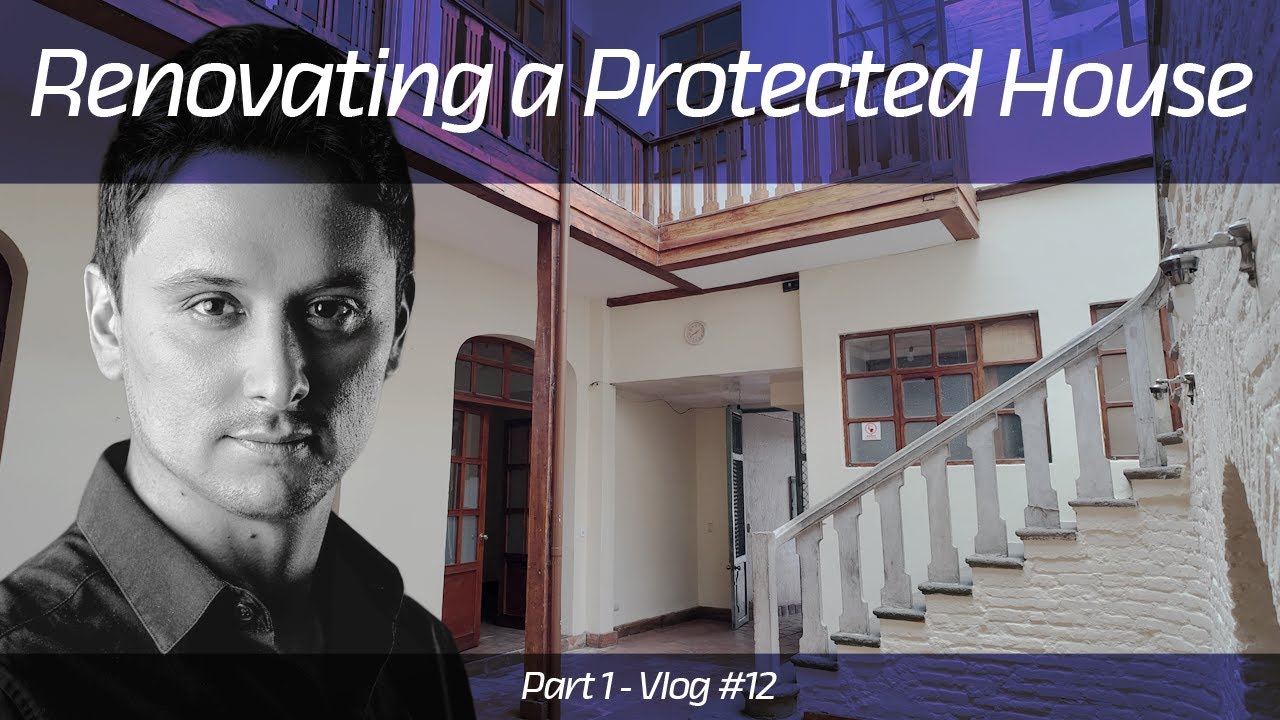We’ve had numerous readers reaching out to us asking about the process for obtaining a cedula in Cuenca, Ecuador. We already have a popular article on the topic, but it’s dated and the process has since changed.
The design and functionality of the cedula itself have also been updated this year, so it’s a good time for us to bring you an updated article covering cedula basics and the updated process to get one in Cuenca.
The process will be similar in other parts of the country, but there may be slight variations. Always best to check with a local facilitator if you have any location-specific questions.
Right, let’s dig in.
What is a cédula?
A cedula is a government-issued ID card. It sometimes feels like everyone asks you for your cedula number.
I recall my first trip to an Ecuadorian supermarket in Quito and the cashier asked me for my ID before she would process my payment. I was a little shocked at this invasion of privacy. I simply wasn’t used to providing my data to a shop just to buy some milk and eggs. It seemed like overkill.
Now, many years later, I throw my cedula number around without a care in the world. I must have given my number to over 1,000 people & businesses throughout my time here.
Is a cedula essential?
If you’re making Ecuador your home, I do consider a cedula essential. From a practical standpoint, you’ll find it easier to do everyday things like open a bank account, and you’ll need one if you want to obtain IESS health insurance (but not for private insurance).
But for me, it’s more than a practical piece of plastic. It’s a physical reminder that I live in Ecuador. It gives me a sense of belonging to my adopted country. I recall getting my 1st cedula and joking to my Ecuadorian partner: “now I’m Ecuadorian too lol”. Of course, there’s more to bridging the cultural divide than an ID card, but for me, it was a positive step.
It also allowed me to walk around without needing to carry my passport with me. Sure, you can get away with a photocopy of your ID (passport or cedula) for many things, but there were times where I couldn’t get past the bureaucratic hurdle of showing my original ID and I needed to come back another day. So, I decided it was better for me to carry around my original ID. And, it’s much easier to get my Ecuadorian ID replaced than my passport.
I know some expats that don’t even bother with a cedula for years after they’ve been living here. This can be especially true for the ‘bluebirds’ or similar expats that spend a few months in Ecuador every year. So, clearly, it’s possible to get by without one, you may just find it more inconvenient.
New cedula design & functionality
Ecuador rolled out new cedulas in 2021. They updated both the design and functionality. You can easily spot the new design changes when comparing the images below.

What is more difficult to see are the functionality changes. They’ve included biosecurity information on a chip that stores personal data such as:
- Photograph
- Fingerprints
- Electronic signature
They’ve also removed the education status on the back of the card and replaced it with blood type, donor status & percentage of disability.
Alright, they look cool and all, but how do I get one?
How to obtain your cedula in Cuenca
Unfortunately, the process is a little convoluted as you’ll need to visit several different offices (perhaps twice if their computer is down etc). Here’s the basic process that is applicable to most expats that want to obtain their cedula from Cuenca. I’m not saying it’s the only way, just the most popular pathway.
Get your residency visa approved
This will be your temporary residency if you’re applying for the 1st time. Note that the cedula you’re given with your temporary residency will be valid for the duration of temporary residency only (ie 2 years).
If applying for permanent residency, you’ll need to renew your cedula as your old one won’t be valid. However, you’ll keep the same ID number, so some institutions may still accept your old cedula if you explain to them you’re in the process of renewing it – others won’t so you’ll need to wait for your new cedula.
The good news after applying for permanent residency is that your cedula will be valid for 10 years! Make sure you’ve practiced your signature & spent some time in front of the mirror before your appointment as you’ll be stuck with these for a good while.
Where to get your residency visa approved
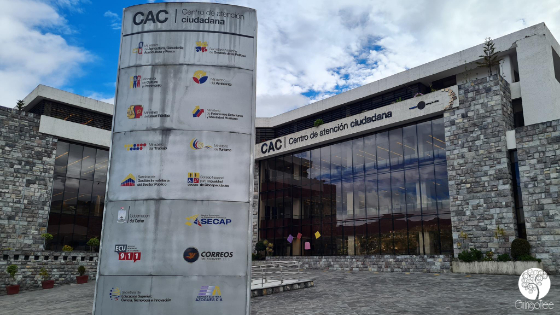
The closest migracion office to Cuenca is about 25 minutes away in nearby Azogues. The building is just off the highway and it’s easy to spot as it imposes itself on this part of town.
Just know that this migracion office can be notoriously difficult to work with, which is why we generally recommend using Quito when possible.
Obtaining your residency visa is a complicated topic that we’ve covered separately. Just keep in mind that immigration rules seem to continuously change so we always suggest getting the latest information from a reputable lawyer or visa facilitator (and no, random Facebook recommendations don’t count as these are often biased).
Obtain Health Insurance
You’ll need to obtain private health insurance in order to get your cedula. This needs to be from one of the 20 or so private health insurance companies that have been approved by Migracion. You can either obtain it directly or through a broker.

Those that want to use the IESS insurance system will have to weave through a little insurance catch 22. You see, you need private insurance to obtain your cedula. But, you need your cedula to obtain IESS health insurance. So, if IESS is your ultimate goal, you’ll still need to obtain an affordable private insurance plan for the first 3 months or so whilst applying for your cedula.
You may need to obtain private health insurance BEFORE applying for your residency visa if using the Azogues migracion office. If applying in Quito (and some other offices), then you only need insurance when applying for the cedula.
Get your Orden de Cedulación
You also get the Orden de Cedulación at migracion. This is the document you’ll need to take to the Registro Civil in the next step.
You’ll first need to make an appointment to obtain your Orden de cedulación. This can be made in person or online.
At your appointment, be sure to bring the required documents:
- Residency Visa
- Passport (with 6 months remaining)
- Health insurance certificate
- Old cedula (if renewing)
You may also need another migratory certificate if your visa was granted more than 90 days prior.
The cost for the Orden de Cedulación is $10. Reduced by 50% for those over 65 (ie $5). It’s only valid for 15 business days, so make sure you plan to complete the rest of the process shortly after.
With your Orden de Cedulación in tow, it’s time to head back to Cuenca to complete the process. Before you ask, no, you cannot go to the Registro Civil in Azogues to get your cedula as they don’t provide support to foreigners for this process.
Visit Registro Civil #1 (Luis Cordero Park) in Cuenca
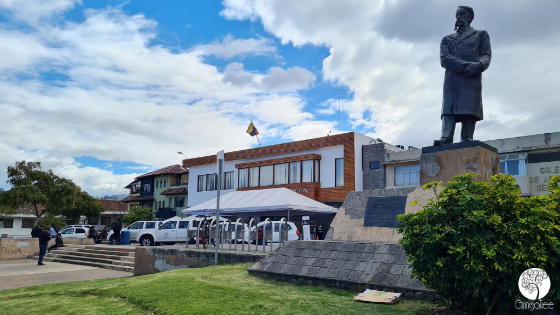
You now have 15 days from when your Orden de Cedulación was issued to finalize the process of obtaining your cedula. To do this, you’ll potentially need to visit two different Registro Civil offices in Cuenca.
The 1st Registro Civil office is located in Centro Historico at Luis Cordero Park. Make sure you bring the following documents:
- Residency Visa
- Passport (with 6 months remaining)
- Old cedula (if renewing)
- Orden de Cedulación
Show the guard your Orden de Cedulación. They’ll check it, realize you’re a foreigner, and then tell you the right line or seats to wait in. You may need to wait minutes or hours. Tip: Avoid 2-3 pm as this is when the office workers have their lunch so you’ll be waiting an extra hour for no result.
You’ll eventually get to see someone that will process your application. Hopefully, if all goes well, this will just be a 5-minute check to confirm the details on your Orden de Cedulación.
Once approved, they’ll make an appointment for you at the 2nd Registro Civil office to take your photo & issue your cedula. They’ll probably give you a little piece of paper with your appointment date on it like the following:
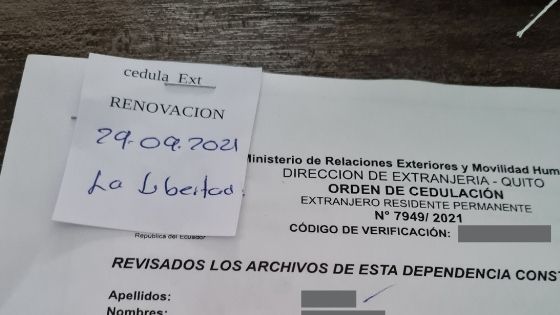
Visit Registro Civil #2 (probably Agencia La Libertad) in Cuenca
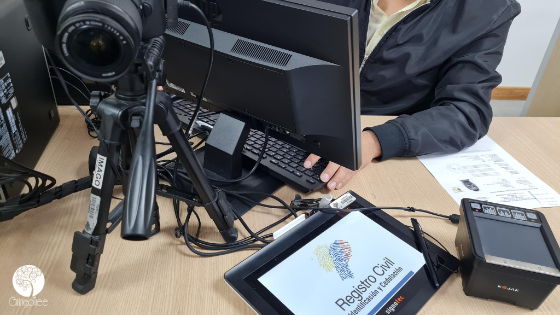
Once you’ve had your documents checked, you need to get your photo taken, fingerprints scanned and signature digitally recorded.
All 3 Registro Civils in Cuenca have the ability to take these details and issue your cedula, but it’s likely they’ll send you to the new Registro Civil office that opened in September 2021. This office is the Agencia La Libertad and it’s primary function is to issue cedulas and passports.
For this appointment, you’ll need:
- Orden de Cedulación (with appointment paper slip)
- Passport
- Old cedula (if renewing)
- $5 if this is your 1st cedula, $16 if you’re renewing
- Residency visa (they may not ask for this, but no harm in taking it anyway)
If you are sent to Agencia La Libertad, take it as a sightseeing opportunity too. It’s literally at the bottom of one of Cuenca’s best viewpoints, with the 42m manmade observation deck providing 360-degree views over Cuenca. Yes, please.
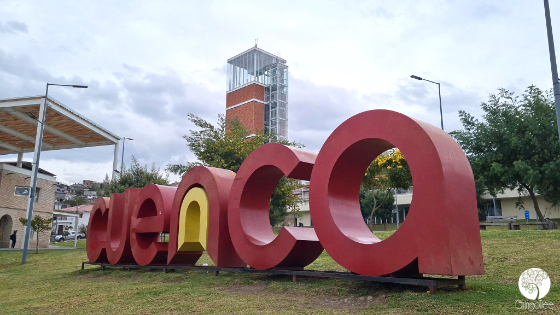
The park also has a fountain and one of the iconic ‘Cuenca’ signs making it ideal for those post-cedula celebration pictures.
Got your cedula, what now?
For many (myself included), taking physical possession of your cedula is worthy of celebrating. This is especially so if you’ve gone through the extra effort of obtaining your visa & cedula on your own. It can be painful, so we suggest celebrating with a few drinks, coffee or whatever else your (newly appointed Ecuadorian) heart desires.
For the financially savvy, there are numerous cafes, restaurants, bars, and breweries in Cuenca where you can use your GringoTree card to save some cash. Grab your card today.

